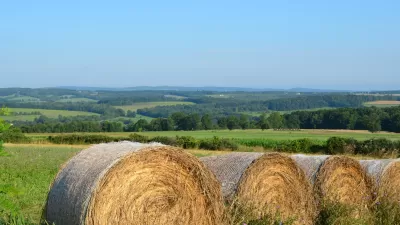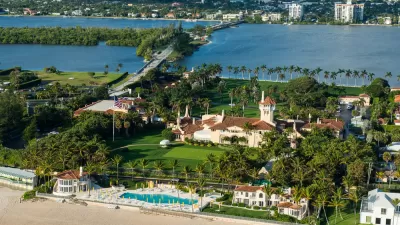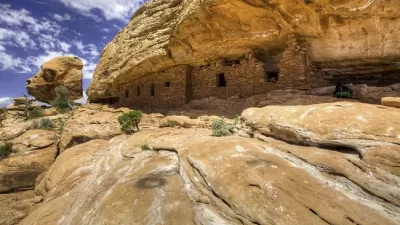A tax break designed to protect land has become just another massive tax loophole. It looks like conservation easements are here to stay.

Peter Elkind reports on the details of an underappreciated mechanism of the U.S. tax structure that relates to land use, i.e., conservation easements.
The idea seems like the perfect marriage of environmentalism and capitalism: Landowners give up their right to develop a piece of property, and in exchange they receive a special tax deduction. Nature is preserved and everybody benefits.
According to Elkind, conservation easements worked in many examples, but at some point conservation easements became motivated more by commercial reward than for any concern about the natural environment. Elkind recounts the story of the former Millstone Golf Course outside of Greenville, South Carolina, closed in 2006 and dormant until 2016.
Later in 2016, however, a pair of promoters appeared. They gathered investors who purchased the same parcel at the market price and, with the help of a private appraiser, declared it to be worth $41 million, nearly eight times its purchase price. Why? Because with that new valuation and a bit of paperwork, the investors were suddenly able to claim a tax deduction of $4 for each $1 they invested.
According to Elkind, those kinds of transactions have transformed conservation easements into the "single most generous charitable deduction in the tax code." If you're wondering whether it survived the Republican tax reform bill signed recently by the president, it did, according to Elkind. Moreover, President Trump has a long history of building tax shelters by using conservation easements.
The article includes a lot more examples and explanations to describe the tax shelter conservation easements have become.
FULL STORY: The Billion-Dollar Loophole

Alabama: Trump Terminates Settlements for Black Communities Harmed By Raw Sewage
Trump deemed the landmark civil rights agreement “illegal DEI and environmental justice policy.”

Planetizen Federal Action Tracker
A weekly monitor of how Trump’s orders and actions are impacting planners and planning in America.

The 120 Year Old Tiny Home Villages That Sheltered San Francisco’s Earthquake Refugees
More than a century ago, San Francisco mobilized to house thousands of residents displaced by the 1906 earthquake. Could their strategy offer a model for the present?

In Both Crashes and Crime, Public Transportation is Far Safer than Driving
Contrary to popular assumptions, public transportation has far lower crash and crime rates than automobile travel. For safer communities, improve and encourage transit travel.

Report: Zoning Reforms Should Complement Nashville’s Ambitious Transit Plan
Without reform, restrictive zoning codes will limit the impact of the city’s planned transit expansion and could exclude some of the residents who depend on transit the most.

Judge Orders Release of Frozen IRA, IIJA Funding
The decision is a victory for environmental groups who charged that freezing funds for critical infrastructure and disaster response programs caused “real and irreparable harm” to communities.
Urban Design for Planners 1: Software Tools
This six-course series explores essential urban design concepts using open source software and equips planners with the tools they need to participate fully in the urban design process.
Planning for Universal Design
Learn the tools for implementing Universal Design in planning regulations.
Clanton & Associates, Inc.
Jessamine County Fiscal Court
Institute for Housing and Urban Development Studies (IHS)
City of Grandview
Harvard GSD Executive Education
Toledo-Lucas County Plan Commissions
Salt Lake City
NYU Wagner Graduate School of Public Service





























